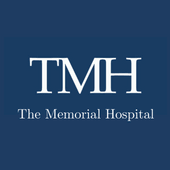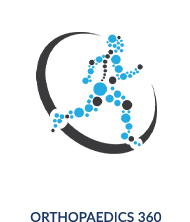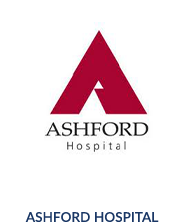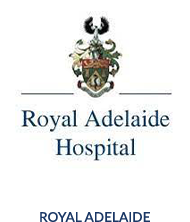What is a frozen shoulder?

Frozen shoulder is also known formally as ‘adhesive capsulitis’, and is a painful and debilitating condition. It is a condition characterised by stiffness and pain in an otherwise normal shoulder, with often no identifiable cause for the onset of symptoms. There are certain groups who may be more prone to developing a frozen shoulder, including:
- Females
- Age 40-50 years
- Diabetics
- Thyroid conditions
Read more about the treatment options for frozen shoulder here.
The stages of frozen shoulder are:
- Freezing – During the ‘Freezing’ stage, the shoulder may still have reasonable range of movement, but is very painful when moved. This stage can last for 3-6 months.
- Frozen – The ‘Frozen’ stage of the condition is characterised by worsening stiffness in the shoulder, with a gradual decrease in pain. The stiffness is often worst when attempting to rotate the arm outwards. This stage can last for 6-12 months.
- Thawing – The final stage of the disease process is the ‘Thawing’ stage. This is characterised by absence of pain, with a gradual improvement in the movement of the shoulder. There can be residual stiffness of the shoulder, and this is when an arthroscopic release for a frozen shoulder may be an option.
What’s involved in arthroscopic shoulder release surgery?

The surgery is performed under a general anaesthetic so you are asleep for the operation. A regional block is usually performed by our anaesthetist to give you good post-operative pain relief as well. Arthroscopic shoulder release surgery is a keyhole procedure performed via 3-4 small incisions around the shoulder. Through these keyhole incisions, an arthroscopic camera and instruments are used to access the shoulder joint and perform the operation.
The shoulder joint is evaluated, and the thickened capsule surrounding the shoulder joint is ‘released’ from the bone and muscles using a keyhole instrument known as a ‘coablator wand’.
Other keyhole instruments including an arthroscopic shaver and small cutting instruments are also utilised to free up the shoulder joint and debulk the thickened capsular tissues typical in a frozen shoulder.
As part of the procedure, the shoulder joint is also manipulated by Dr Yu in a controlled manner to ensure that the joint regains its previous range of motion.
Risks
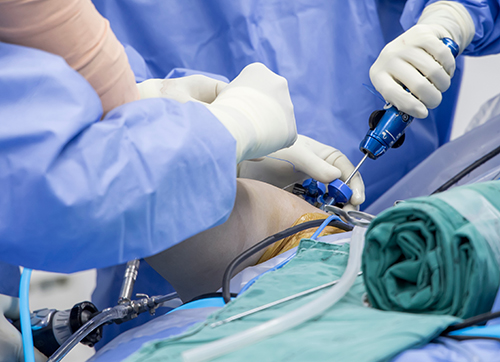
As with any surgical procedure, there is a small risk of:
-
- Infection
- Wound healing problems – very unlikely with keyhole incisions
- Cardiovascular risks – stroke, heart attack, blood clots
- Bleeding
- Swelling of the operated limb – generally subsides within weeks
- Pain – discomfort is expected after an operation, however pain medications are used in a routine manner to relieve this post-operative discomfort
Specific risks of arthroscopic shoulder release surgery:
-
- Recurrent stiffness
- Damage to nerves around the shoulder
- Fracture (very rare)
What happens after the surgery?
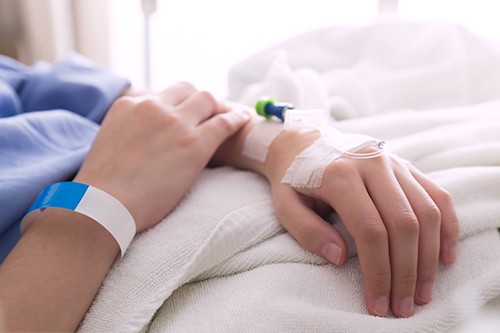
Postoperative instructions and follow up
Immediate post-op
After your operation you will be taken to the recovery room of the hospital, and allowed to have something to drink. When the team is happy the anaesthetic has worn off, you will be transferred to the day surgery area or to your inpatient room depending on whether you will be staying overnight. A sling / shoulder immobiliser would have been placed on your arm in the operating room, and should keep your arm comfortable and safe. If a nerve block has been performed by our anaesthetist, then your arm should feel comfortable but numb for up to 24-36 hours after the operation. When pins-and-needles are felt in the hand and arm then the block is starting to wear off, and your nursing staff will commence pain medication to keep you comfortable.
Discharge from hospital
On discharge from hospital you will be given:
- Physiotherapy – instructions on exercises that should commence for the shoulder, elbow and wrist. This will involve daily stretching exercises to be commenced in the first week.
- Sling – instructions on the use of your sling, including whether it is allowed to be removed.
- Dressings – please keep dressings dry and do not remove them.
- Follow up appointment time
Follow up
A follow up appointment will have been made for you after the operation. This will typically be an appointment around the 2-3 weeks after the surgery. If you have any concerns before this appointment, call Dr Yu’s clinic on (08) 7099 0188 to speak with us.
My goals as a surgeon are to relieve your pain, restore your function, and return you back to doing what you love.
– Dr Raymond Yu
- Adelaide Orthopaedic Surgeon
- Adelaide Shoulder Surgeon
About
Dr Raymond Yu
Dr Raymond Yu is an Adelaide Orthopaedic Surgeon with post-Fellowship expertise in Shoulder and Elbow Surgery.
He specialises in orthopaedic surgery of the Shoulder and Upper Limb with a focus on modern keyhole and minimally-invasive techniques.
Dr Yu has a special passion for:
- Rotator cuff repair surgery
- Shoulder replacement surgery
- Shoulder stabilisation surgery
Dr Yu practices at
